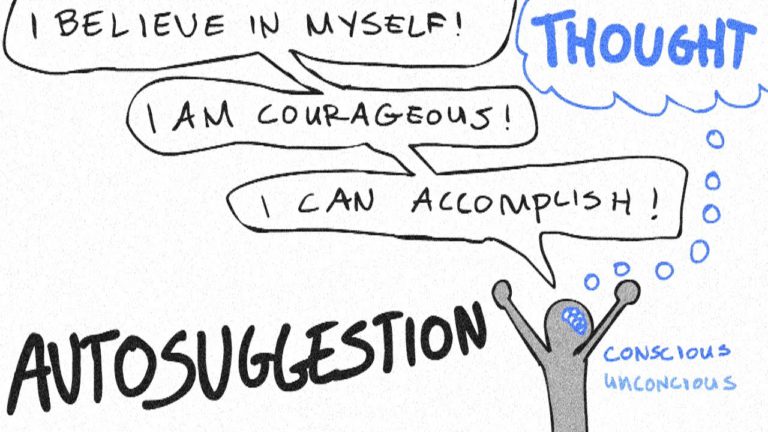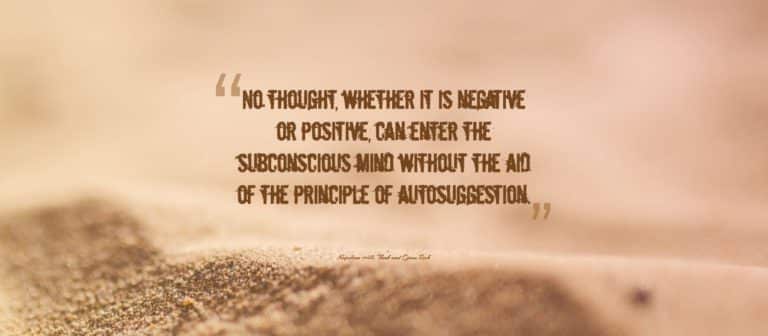For those who are unfamiliar with the topic, lucid dreaming is the ability to wake up your mind and consciously dream. Essentially, you’re aware you’re dreaming, yet your brain is choosing to exploring the dream further, rather than waking up.
It’s almost like a video game. It feels completely surreal, yet you’re in control.
Sometimes lucid dreaming comes naturally, with 23% of adults having reported at least one lucid dream per month. For most people, though, it takes time and practice.
Why Lucid Dream?
It’s been said by many master lucid dreamers that the experiences are extremely applicable to regular life; with benefits including anxiety relief, creativity, and problem-solving.
Essentially, lucid dreaming gives your brain a chance to play through real-life scenarios in a dream world.
It has also been used to help treat recurring nightmares and PTSD.
“Psychotherapies based on inducing LD could be an effective way of treating recurrent nightmares of PTSD patients because they—being lucid during the nightmare—would be able to: one, naturally lose their fear by realizing the absence of real threats, i.e. the lack of reality of the perceptual experience; two, simply try to wake up during the nightmare; and, three, change dream context, in a way of transforming the nightmare into a neutral or even a pleasant dream”
Dr. Sérgio Mota-Rolim, Ph.D in an article for Healthline.
Remember, there’s a reason why not everyone experiences lucid dreaming. It takes time and practice. Leave yourself room to fail and you’ll be succeeding before you know it.
Lucid Dreaming Techniques
Use The MILD Technique
The Mnemonic Induction of Lucid Dreams, or MILD, is a technique that starts right before you go to sleep.
The idea is to rehearse and visualize your lucid dream before it happens.
Every night as you’re falling asleep, repeat the same phrase to yourself. It should something about your awareness that you are dreaming, such as “I will know that I am dreaming” or something similar.
Keep repeating it until you fall asleep.
You may also imagine yourself in a lucid dream. This will increase your chances of lucid dreaming by encouraging your brain’s intention to do so.
Related Post: Listen To These Affirmations and Abundance Meditation While You Sleep
Wake Back To Bed
Go to sleep as normal, but set an alarm to wake yourself after 5 hours.
Once you wake up, it’s important to stay awake with your brain on for at least 20 minutes. Get out of bed and stay alert by reading, drawing, or whatever keeps you engaged.
Go back to sleep normally.

This works by engaging your brain during its peak REM sleep hours. When you get back to sleep, your brain enters straight in REM from consciousness, making dreams much more likely to occur.
Reality Checking
Reality checks are as simple as taking a moment to acknowledge whether you are awake or asleep.
By training your brain to acknowledge when you are awake, it will become more prone to do so when you are asleep.
- Take a look at the time. When you’re dreaming, clocks tend to constantly change. If you’re awake, it will change normally.
- Touch or push on something. If you’re awake, your hands won’t go through.
- Check out your reflection in the mirror to make sure it looks normal.
Perform these, or any other reality checks every 2 or 3 hours throughout the day to increase your awareness.
It will take some time to get yourself dreaming lucidly. Try your best not to get discouraged and keep at these techniques and you’ll feel yourself becoming increasingly aware.




